The doors of Durham’s historic attractions may be closed at the moment, but with our Durham Discoveries blog series, you can go behind the closed doors and get a close up look at the fascinating collections and exhibitions housed within them. And hopefully inspire you to add these amazing attractions to your 'must-visit' list for a future visit to Durham.
Did you know that Beamish, The Living Museum of the North has over 2.5 million items and photographs in its collections? Those items help tell the story of everyday life in North East England in the 1800s, 1900s, 1940s and 1950s.
Across the museum you will find immersive exhibits from different time periods, all of which house some of those amazing objects. Even the buildings themselves are considered items in the museum collection and each has its own incredible story to tell!
How many of these fascinating facts do you know?
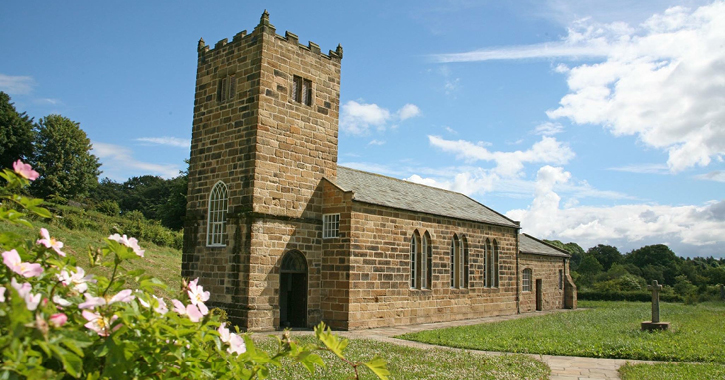
St Helen’s Church in The 1820s Landscape
- The medieval church from Eston, near Middlesbrough, was saved from demolition and taken down stone by stone before being rebuilt at Beamish, opening in 2015.
- The museum carefully dismantled the remains of the building in 1998, and the rebuild at Beamish started in 2011/12.
- It is the oldest and most complex building ever moved by the museum.
- The church, which includes very rare Georgian box pews, has stones dating back to the 1100s.
- Its rebuild at Beamish corresponds to the 1822 condition of the church.
.jpg)
The Board School in The 1900s Pit Village
- The school opened at Beamish in 1992 and would have had about 150 pupils.
- The school building came from East Stanley, a couple of miles from the museum, and originally opened in 1892.
- Subjects taught would have included science, educational handiwork, geography, history (covering the British Empire), physical exercise, domestic science and needlework, drawing, religious instruction and music.
Beamish Museum is currently offering children the chance to join in with a live Victorian Lesson as part of their home learning! The headteacher will demonstrate a traditional lesson of reading, writing, arithmetic and drill with this remote, interactive Zoom-led activity, delivered straight from The Pit Village school.
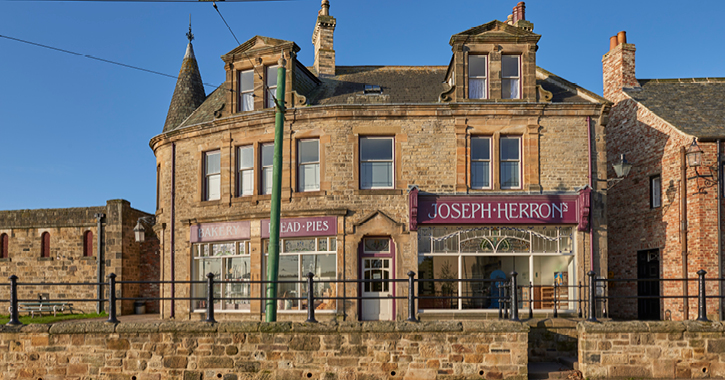
Joseph Herron’s Bakery in The 1900s Town
- One of the museum's most popular exhibits, Herron’s Bakery opened at the museum in 2013 and represents a new business in the early 1900s.
- The building housing the bakery originally stood in Annfield Plain, in Durham, and was moved to the museum in the late 1970s/early 1980s along with the Co-op store.
- Joseph Herron was the name of a bakery in Annfield Plain.
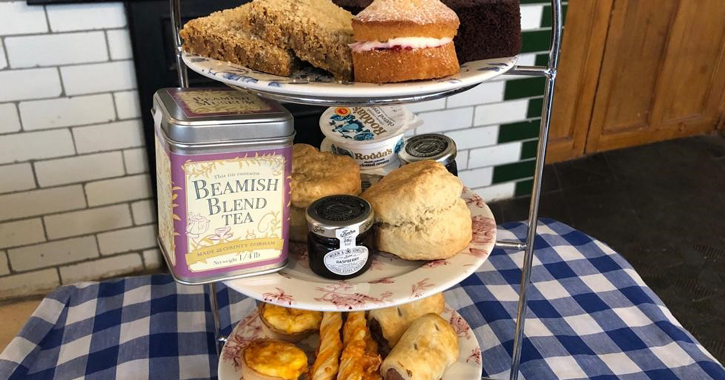
Visitors can buy freshly-baked Herron’s Bakery goods from Beamish Museum's online shop. Delicious new afternoon tea deliveries can also be ordered online.
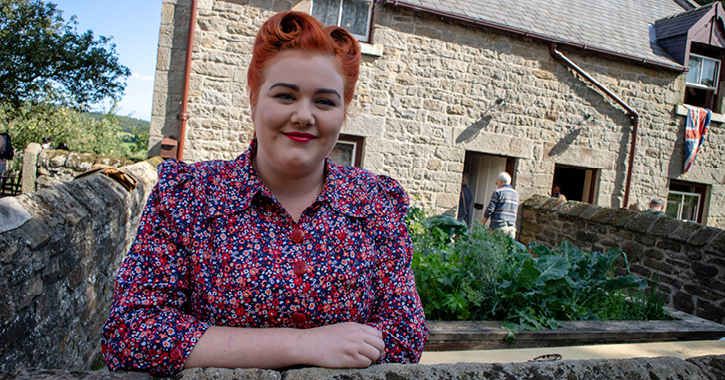
Garden Cottage at The 1940s Farm
- The 1940s Farm shares the story of everyday rural life during the Second World War and opened at the museum in 2014.
- Garden Cottage represents accommodation for Women’s Land Army members, or “Land Girls”.
- Land Girls provided essential agricultural labour, more than 80,000 women were Land Girls by 1943.
- The cottage is sparsely decorated as Land Girls could take very few possessions with them. Items are mis-matched or second-hand, although they have tried to make their new accommodation as homely as possible!
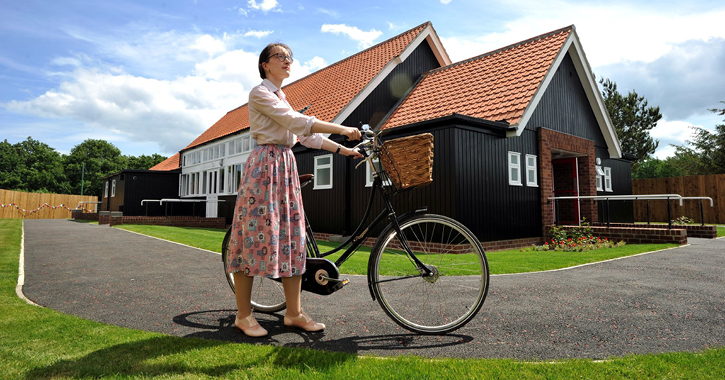
Leasingthorne Colliery Welfare Hall and Community Centre in The 1950s Town
- The welfare hall opened at the museum in 2019 and shares the excitement and community spirit of the 1950s.
- The building is a replica of the Leasingthorne Colliery Welfare Hall and Community Centre, built near Bishop Auckland in 1957.
- Beamish Museum worked closely with community members at the original hall, now known as the Coundon and Leeholme Community Centre, who shared memories, stories and objects.
- The hall at the museum, which was the first exhibit to open in The 1950s Town, replicates the original building, complete with distinctive “glulam” (glued, laminated timber) roof trusses.
We may not be able to visit in person at the moment, but you can still enjoy Beamish from Home, with an incredible range of activities to try and videos to watch at home .
Related
Comments
Comments are disabled for this post.



 to add an item to your Itinerary basket.
to add an item to your Itinerary basket.
.png)






